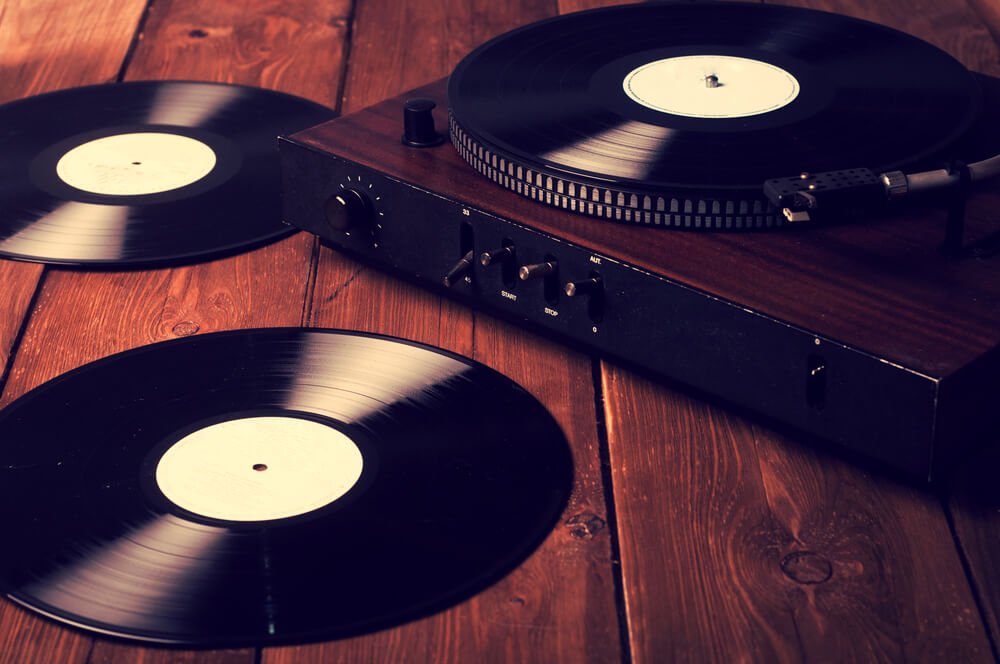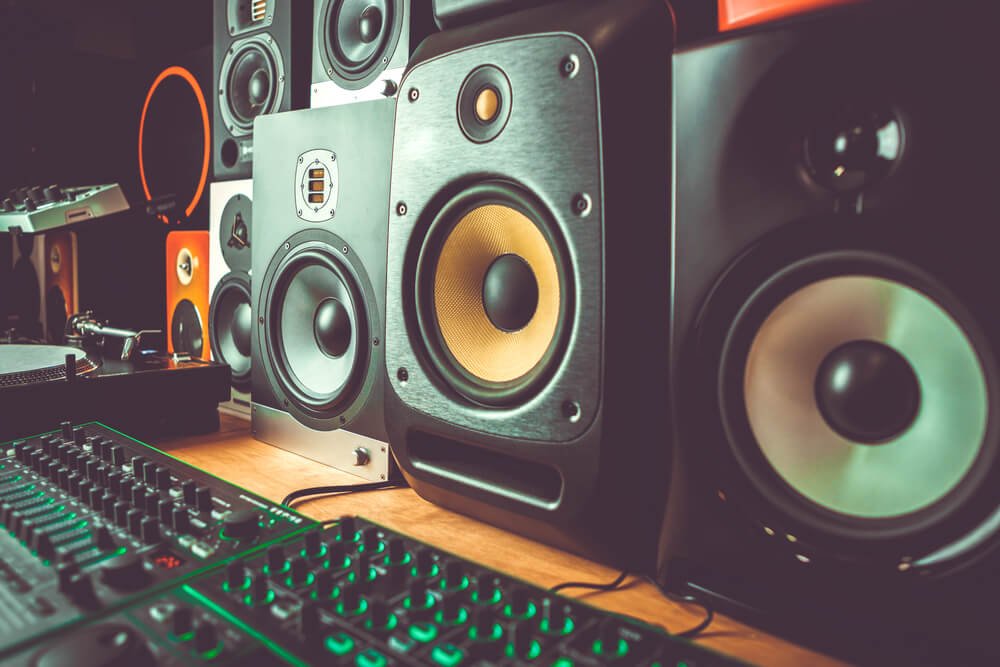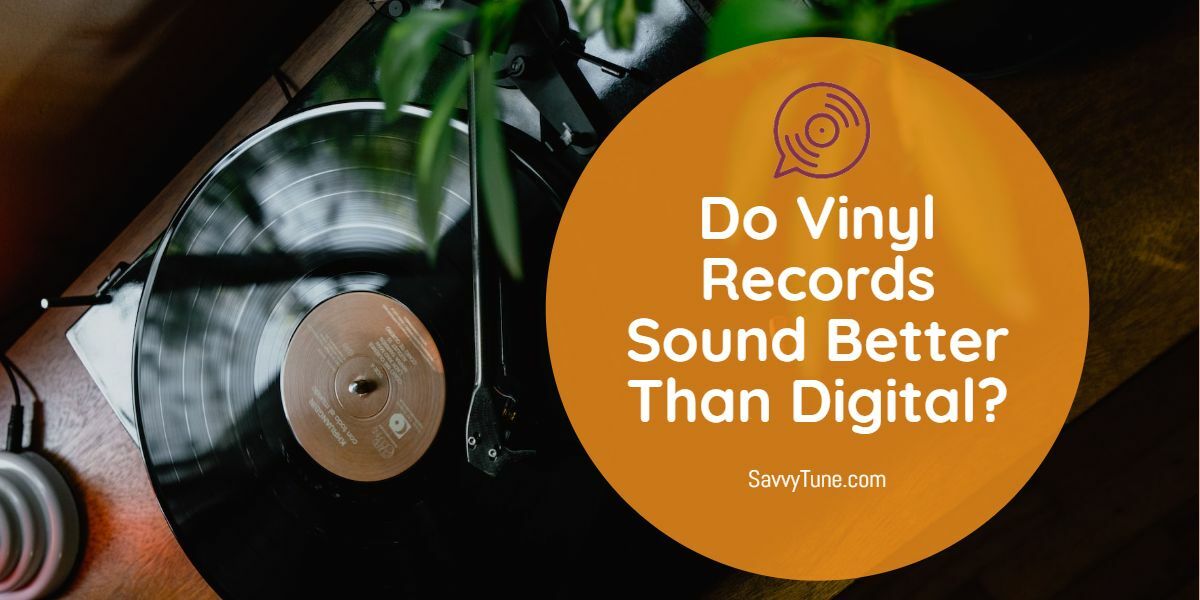Vinyl records have had the same impact on humanity as the printing press. For the first time in history, music could be endlessly duplicated and distributed to the masses.
Still, to be fair, digital music on streaming platforms has had a wider outreach since its introduction. Surprisingly though, there has been a growing interest in vinyl records in the past few years.
So, do vinyl records sound better than digital music? Or is it just that music enthusiasts are merely driven by nostalgia?
In this article, we’ll compare vinyl records to digital music with the help of some audio science.

Do Vinyl Records Sound Better Than Digital?
Theoretically, vinyl records sound like digital music if they use the same audio devices. However, digital music loses quality with compression and loudness. On the other hand, analog music is technically limited from engaging in loudness wars, which makes it sound more authentic.
Science Proves That Analog Sounds Like Digital
One of the main arguments audiophiles hold is that digital music isn’t as faithful as vinyl records. In other words, audiophiles believe that digital music loses some sound details because of the sampling process. However, science proves that both recording methods produce the same music.
From Analog to Digital
Any sound recording process starts with gathering air pressure variations, which reflect the recorded sound. These air pressure variations create soundwaves, which are considered analog signals.
To create the recording, producers use a sampling process. They convert analog sound waves into binary numbers using an analog-to-digital converter known as ADC. So, every piece of music was once analog.
The Music Sampling Process
In the sampling process, producers take samples of the original soundwave at various intervals. The standard rate is 44,100 samples per second or 44.1 kHz.
Why Do Vinyl Records Sound Like Digital?
Our ears can’t perceive sounds of frequencies higher than 22 kHz. So, digital recordings having a sampling rate of 44.1 kHz can capture the highest frequency heard by us.
This means that our ears can’t spot the difference between digital audio and analog recordings. Thus, according to science, both music recording types should sound the same when played with the same equipment.
Why Do Vinyl Records Sound Better Than Digital?
Although science says both analog and digital music should sound the same, they sound different in some cases. Here are some main reasons why vinyl records can sound better to you.
Nostalgia
The first and main reason why vinyl records sound better to music enthusiasts is purely nostalgic. It’s more of a placebo effect.
So, even if vinyl records don’t sound better than digital audio, they will appeal to your ears because of the memories they revive. Even the frequent crackles and pops feel like an authentic experience from your youthful years.
Besides, just like modern-day bookworms have grown an appeal for physical books, music enthusiasts might be longing for a tangible music experience. Everything from the turntable setup to the vinyl discs and their jacket art entices more senses beyond the ears.
Vinyl Records Have a Stable Frequency Response
Vinyl records sound better because the turntable setup gives a stable frequency response. Basically, the frequency response tells you whether the audio you’re listening to will give the same quality throughout the whole listening time.
If you can listen to your favorite music without recognizable changes in sound, it means your device has a more consistent frequency response.
As for digital music, it’s the outside factors that are lowering its sound quality. Think of the many faulty speakers and headphones you stumbled upon in your music quest.
Even if the speakers weren’t faulty, the electrical and mechanical properties of digital output devices would affect the frequency response rate to an extent. The best you can do is to reduce this negative effect by choosing audio devices with limited deviation.
Users also read: How Much Do Vinyl Records Weigh?
Analog Music Resists the Loudness War

Digital music has a dynamic range of 90-96dB. This is notably higher than the analog dynamic range, which’s 55-70dB.
So, vinyl records can’t handle extremely loud music. Indeed, if the sound is too loud, the turntable stylus will slide erratically on the vinyl disc. Besides, the vinyl disc might get damaged with no hope for repair.
Ironically, vinyl records sound more natural and appealing to our ears because of the limited dynamic range. On the other hand, digital music has abused its wider dynamic range to make louder tracks.
Perhaps, people in the 90s had mistaken loud for better music. In response to the growing fascination with loudness, producers competed in mixing louder tracks. As a result, digital music lost much of its authentic mixes.
Why is Digital Music Better Than Vinyl Records?
Vinyl records sound better in some cases, but there are instances where they fall short. Here are some of the limitations of vinyl music.
Long Soundtracks Are Noisy
Vinyl records have a lot of artistic potential, but it depends on the width of the grooves. The grooves have to be wide enough for the turntable stylus to track the sound recording.
On vinyl discs, track lengths are physically embodied in the grooves on the disc. Since vinyl discs have a limited physical surface, you can’t exceed a specific threshold of audio minutes for every disc.
As such, some producers try to fit long soundtracks on the same vinyl disc by imprinting narrower grooves to save up some disc space. However, the downside of this technique is that long albums would sound quieter and have more noise.
The End of The Album Loses Quality
The turntable stylus changes speed as it moves towards the middle, where the vinyl disc shrinks in circumference. So, the stylus becomes unable to accurately track every millimeter of the groove.
Since vinyl records spin in circles, the turntable stylus experiences centrifugal forces. As a result, the stylus speed is slower in the vinyl disc’s center, so the sound quality is better on the edges.
Must read: How Do Vinyl Records Play Music?
Vinyl Records Can’t Handle Modern Music
There’s a trend for modern music to have loud, high-pitched mixes. In fancy terms, this translates to low frequencies and high amplitudes, which are a recipe for noisy analog music plays.
For instance, high-frequency sound waves can be too tight. As a result, their 3D imprint on the vinyl disc would be too narrow for the turntable stylus to trace accurately. So, the stylus will plow across the groove, causing sound distortion.
Similarly, vinyl discs can’t accommodate bass easily. The bass has to be center-panned to allow the stylus to outline the grooves smoothly.

